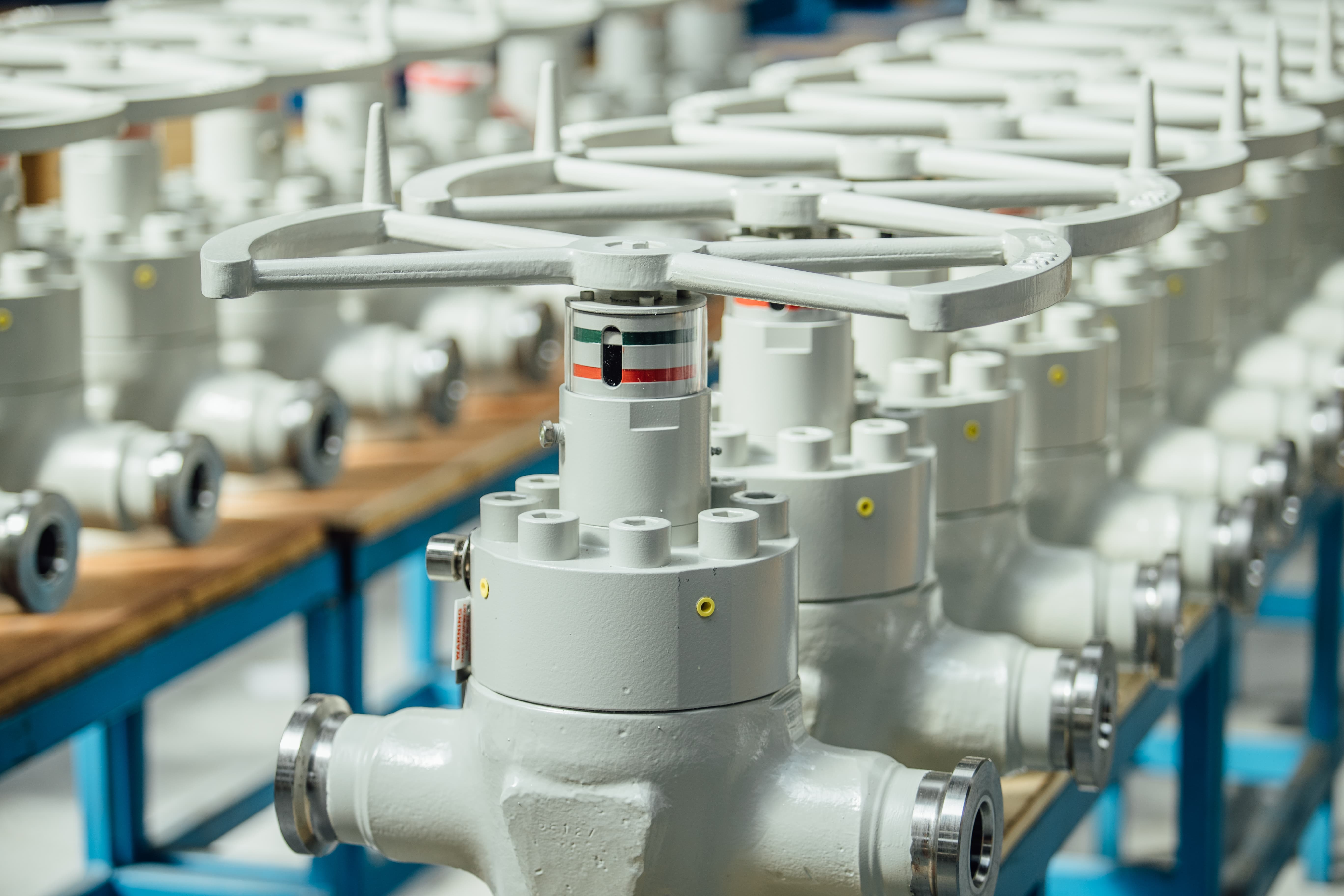
High temperature valves are industrial valves that have the capacity to perform even at a very high temperature. These valves as per the nature of their applications are designed and manufactured by making use of highly durable and versatile metallic materials having an extremely high melting point. Different metals have different melting points and they are chosen to make an industrial valve based on the same. There are metallic materials like aluminum alloys that tend to weaken in a particular application as the temperature increases. For more clarity, the example of bronze can be cited here as the perfect one. This material is never recommended for use in the making of high temperature valves because when the temperature rises, a huge change occurs in its properties which can result in a significant alteration in the stuff being controlled.
Material considerations for making high temperature valves
When choosing any high temperature valve, the first and foremost thing to consider is the material used to manufacture it. It is crucial that the working temperature of the valve is compatible with all the internal parts and the body of the valve. As for internal components of the valve, they also need to be manufactured making use of strong and sturdy metallic materials that have a very high melting point. Some of the most common and strong metallic materials that can be relied upon for making high temperature valves include carbon steel and stainless steel having significantly high melting points of 1425 °C to 1540°C to 1400 °C to 1530°C respectively, just contrary to the materials used in low temperature valves.
Applications and operability of high temperature industrial valves
As the name suggests, high temperature valves find applications in areas where high heat is generated during operations. Some of the top industries that use them include:
-
Petrochemical industry
-
Fertilizer industry
-
Chemical industry
-
Metallurgy, and
-
Electric power industries.
When it comes to operability, high temperature valves are operated either by making use of an actuator or manually. The connectivity between valves and pipelines is established by making use of nuts and bolts (fasteners) by adopting the welding methodology.
Types of high-temperature ball valve
Two-piece high-temperature ball valve
A two-piece high temperature valve has two pieces in its body. The two pieces are fitted together utilizing strings, welds or fasteners, and nuts. One of the two bits of a high-temperature ball valve is one end joint and the ball while the subsequent piece comprises the inside parts and the opposite end joint. The two-piece high-temperature ball valve is one of the most common valves on the market as well as in industrial applications because they can be very easily disassembled for maintenance, regular cleaning, repairing, and inspection. Additionally, these valves are small in size, and also very lightweight when compared to other ball valves.
Three-piece high-temperature ball valve
A high-temperature ball valve comes with three pieces. The three pieces comprise the valve body and two end joints. The three pieces remain intact involving fasteners and nuts. The closures of the three-piece high-temperature ball valve are fitted to the pipeline either through welding, bolts, or stringing. Three-piece high-temperature ball valves can be effectively cleaned, assessed, and fixed while connected to the pipeline without eliminating them. The three-piece high-temperature ball valve is appropriate for use in applications that need regular fixing and upkeep or that need elevated degrees of cleanliness like drugs, food sources, and drinks as they can be successfully and effectively cleaned.
Side entry high-temperature ball valve
Side entry high-temperature ball valves are tacked together from the sides. They are huge and manufactured using strong metallic materials to assist them with working in high-temperature and high-pressure applications. Such applications where side-entry high-temperature ball valves are utilized include the following:
-
Petrochemical enterprises
-
Oil
-
Gas, and
-
Steam power plants.
Side entry high-temperature ball valves comprise either 2 or 3 pieces. The pieces are manufactured by making use of forging technology. After the pieces are created, they are tacked together utilizing fasteners and nuts to frame the eventual outcome of the side entry. One of the upsides of a side entry ball valve is that it tends to be monitored, cleaned, and fixed while it is in operation or application. Likewise, the interior parts of the valve can be lined up effortlessly.
Welded body high-temperature ball valves
Welded body high-temperature ball valves as their name suggests are assembled by making use of welding methodology. The body of this highly crucial valve is manufactured by bringing together all the pieces through welding. After the body is welded, a comprehensive test, typically non-destructive, is conducted concerning the perimeter of the valve body. The test is specially conducted on the welded joints to make sure no manufacturing defect causes fluid leakage. However, these valves come with a very tough challenge also. They cannot be monitored, cleaned, inspect, or repaired while in the operation. This is the reason they are used in applications that call for almost no maintenance.
Salient advantages of high-temperature ball valves at a glance
-
High-temperature ball valves are designed and manufactured to withstand high temperatures with no distortion caused by thermal heat
-
These valves are durable, reliable, and versatile as they can serve the purpose in any different applications
-
High-temperature ball valves offer unmatched ease of cleaning, repairing, and inspection.
-
They are quick to operate and strong enough to withstand high pressure
-
They come with a perfect seal that’s free from fluid leakage
-
High-temperature ball valves are operable both manually and by using an actuator.
Concluding Remarks
Advance Valves is one of India’s largest professionally-managed industrial valve manufacturing companies offering high performance butterfly valves, high temperature valves, and low temperature valves. The company has established its position among the top 3 Make in India Valve Manufacturers. The company right from the beginning has focused on innovation while using advanced technology and efficient processes to achieve the highest standards of Quality & Delivery.